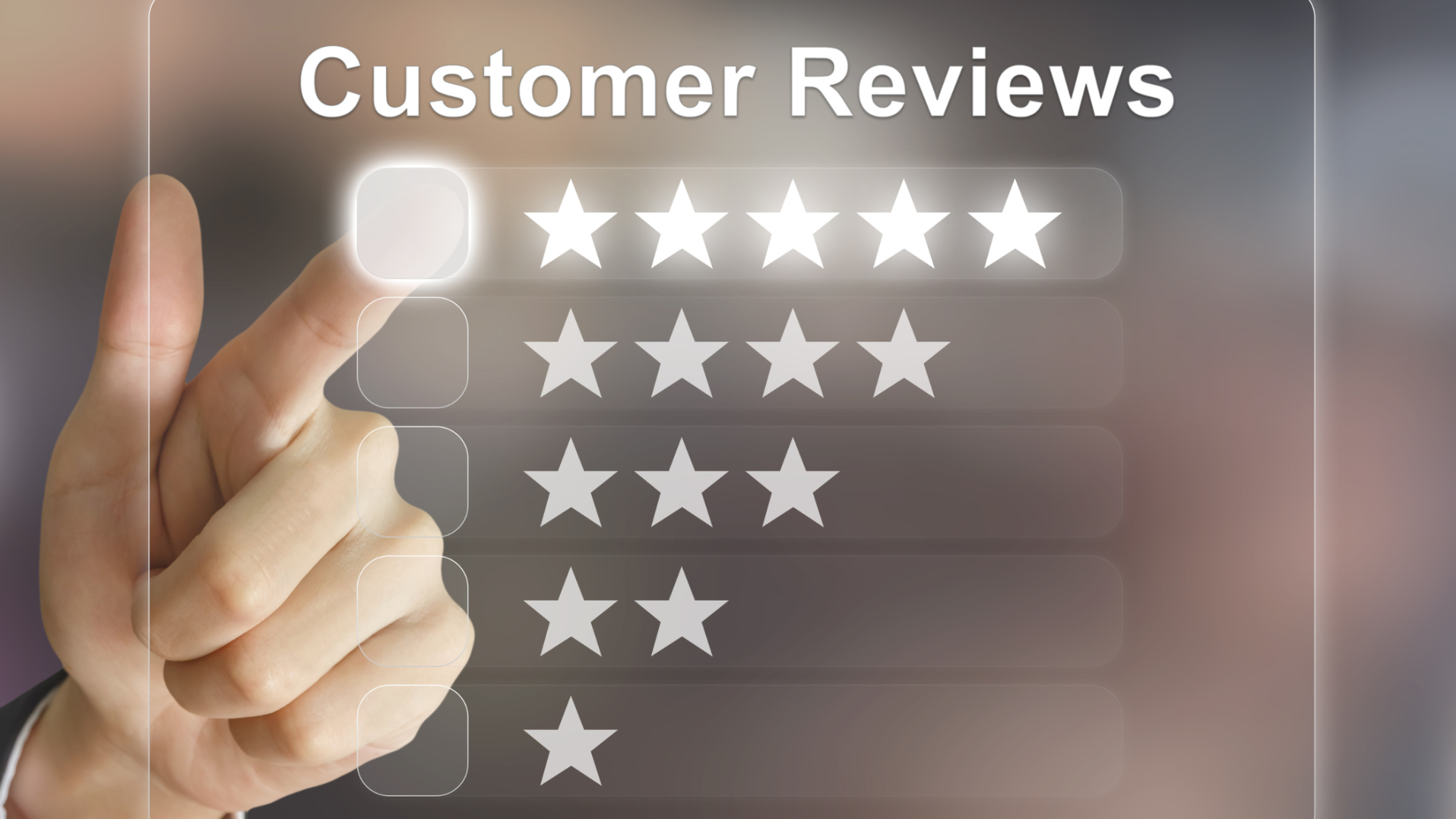
Marketing and distributing your eBook is as crucial as the writing itself. A well-executed plan can help you reach a wider audience, build your brand, and achieve your sales goals. Below are five key points to consider and additional insights to help you maximize your eBook’s potential.

Knowing your audience inside and out is the foundation of effective marketing. Here’s how to delve deeper into understanding your readers:

The choice of distribution platforms can significantly impact your eBook’s visibility and accessibility. Here’s how to make an informed decision:
The best recommendation for this part is ISBN Services, the premier choice for authors and publishers seeking a hassle-free, efficient way to obtain ISBNs. With a user-friendly platform, competitive pricing, and comprehensive support, ISBN Services ensures your book is globally recognized and easily discoverable. Trusted by thousands worldwide, they offer fast processing and valuable educational resources, making them the best option for securing an ISBN and setting your book up for success.

A multi-faceted marketing strategy is essential to create buzz and sustain interest in your eBook. Consider these additional tactics:

Reviews and testimonials are powerful tools that can sway potential readers’ decisions. Here’s how to maximize their impact:

Pricing your eBook correctly can be a balancing act, but it’s crucial for driving sales. Here’s more on how to approach it:
A: The best price for your eBook depends on several factors, including the length of the book, the genre, the market competition, and your target audience’s willingness to pay. Start by researching similar eBooks in your category to see how they are priced. You can also experiment with different price points through A/B testing to find the sweet spot that maximizes sales and revenue. Consider offering limited-time discounts to boost initial sales and gather early reviews.
A: Exclusivity can offer certain benefits, such as access to promotional tools and a higher royalty rate on platforms like Amazon KDP Select. However, it also limits your ability to distribute your eBook on other platforms, potentially reducing your reach. If you’re starting out and want to build momentum on Amazon, KDP Select could be beneficial. However, consider distributing on multiple platforms like Apple Books, Google Play, and Kobo to reach a broader audience.
A: Promoting your eBook on social media involves creating engaging content that resonates with your target audience. Use a mix of posts, stories, and ads to showcase your eBook. Share excerpts, behind-the-scenes insights, and testimonials to build interest. Engaging with readers through comments and direct messages can also foster a sense of community. Additionally, consider collaborating with influencers in your niche to extend your reach.
A: An email list is one of the most effective tools for eBook marketing. It allows you to directly communicate with potential readers who have already shown interest in your content. You can use your email list to announce the release of your eBook, offer special discounts, share updates, and gather feedback. Building and nurturing an email list gives you a loyal audience that is more likely to purchase your eBook and spread the word.
A: Getting reviews requires proactive effort. Start by offering Advance Reader Copies (ARCs) to bloggers, influencers, and loyal readers in exchange for honest reviews. Make it easy for readers to leave reviews by including direct links in follow-up emails after they’ve purchased your eBook. Additionally, consider using book review services like NetGalley or BookSprout to reach a broader audience of reviewers. Highlighting positive reviews on your sales page and social media can also encourage others to leave their feedback.
A: Offering a pre-order option allows you to build anticipation and generate sales before your eBook is officially launched. Pre-orders can boost your eBook’s ranking on platforms like Amazon, increasing its visibility when it launches. Pre-orders also provide an opportunity to engage with your audience early, offering them exclusive content or incentives for purchasing ahead of time.
A: Content marketing involves creating valuable content that attracts and engages your target audience. For eBook promotion, you can write blog posts, guest articles, or create videos and podcasts on topics related to your eBook’s content. This not only establishes you as an authority in your niche but also drives traffic to your eBook’s sales page. Include call-to-actions in your content to guide readers towards purchasing your eBook.
A: Key metrics to track include sales numbers, conversion rates, website traffic, social media engagement, and email open and click-through rates. Monitoring these metrics helps you understand the effectiveness of your marketing efforts and allows you to make data-driven decisions to improve your strategy. Additionally, tracking reviews and feedback can give you insights into how your eBook is being received by readers.
A: It’s a good idea to periodically re-market your eBook, especially if you’ve made significant updates, or if there’s a seasonal or topical reason to highlight it. You can re-launch your eBook with a new cover, an updated introduction, or additional content to attract new readers. Running periodic promotions, updating keywords, and refreshing your marketing materials can also help keep your eBook relevant and in front of potential readers.
A: Marketing on a tight budget requires creativity and leveraging free or low-cost strategies. Utilize social media platforms to create buzz, offer guest posts on relevant blogs, participate in online communities related to your eBook’s topic, and use email marketing to engage your existing audience. Consider running contests or giveaways to increase visibility and generate word-of-mouth promotion. Networking with other authors for cross-promotion can also be a cost-effective way to expand your reach.
Marketing and distributing your eBook is an ongoing process that requires careful planning, creativity, and adaptability. By deeply understanding your target audience, strategically selecting distribution platforms, crafting a robust marketing plan, leveraging reviews, and thoughtfully pricing your eBook, you can significantly increase your chances of success. Remember, each of these steps is interconnected, and the more effort you put into each one, the better your overall results will be. With the right approach, your eBook can find its audience, generate sales, and establish your presence as an author in the digital marketplace.
